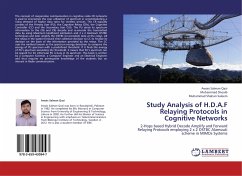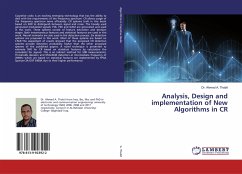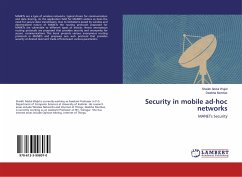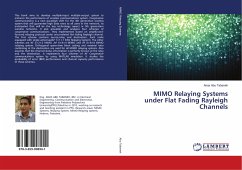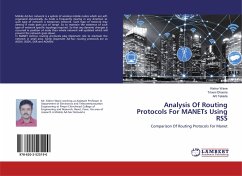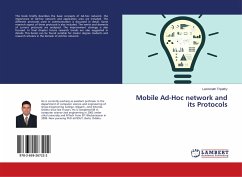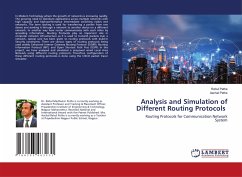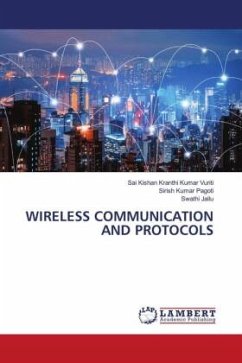The concept of cooperative communication in cognitive radio CR networks is used to economize the over utilization of spectrum in accommodating a rising demand of higher data rates for wireless services. The CR typically consists of the Primary User (PU), the Cognitive Relays (CRs), the Cognitive Controller (CC) and the Secondary User (SU). The PU sends its spectrum information to the CRs and CRs decode and re-encode the transmitted data by using Maximum Likelihood estimation and 2 x 2 Alamouti OSTBC techniques and later amplify the OSTBC (re-encoded) data at the relays. All the relays in the system forward their collective decision to CC to finalize its decision on the basis of the information provided by the relays. The CC uses the method known as the spectrum energy detection to compare the energy of PU spectrum with a predefined threshold. If it finds the energy of PU's spectrum exceeding the threshold, it means that PU's spectrum can be spared for SU otherwise PU is busy in its spectrum. This book is written by a Computer Scientist, a Computer Engineer and an Electrical Engineer and thus requires no prerequisite knowledge of the students but an interest in Radio communication.
Bitte wählen Sie Ihr Anliegen aus.
Rechnungen
Retourenschein anfordern
Bestellstatus
Storno

